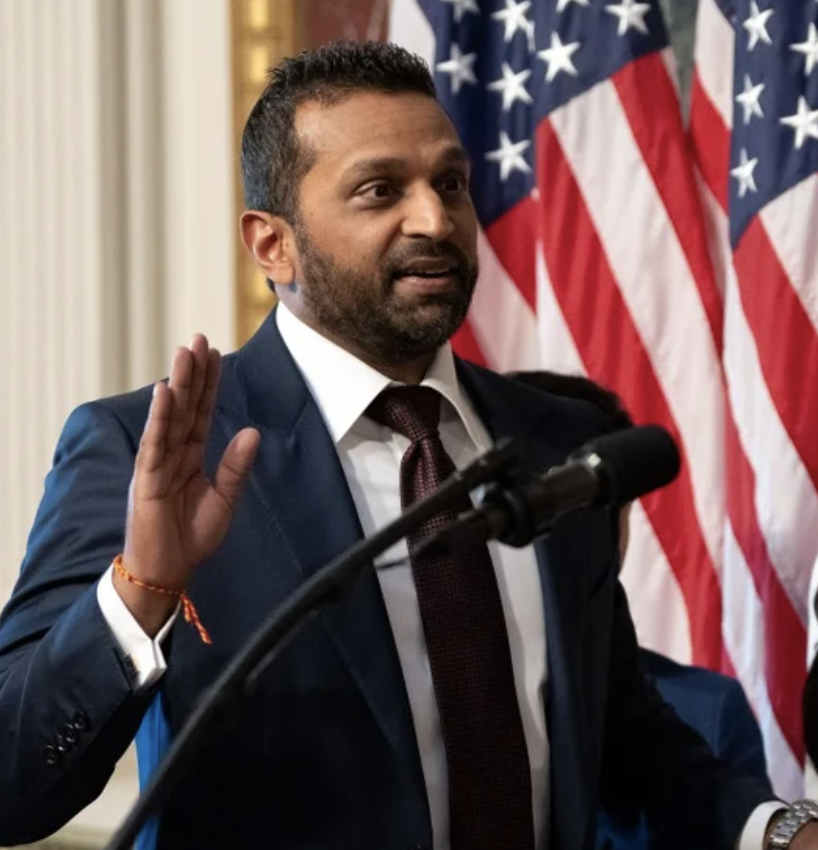The case for and against marijuana legalization continues to be a hotly debated issue. Weighing in, even in a subjective and limited way, is tempting after working on a history project about smugglers in the 1970s and the agents who pursued them.
Here’s the pros and cons as I see it.
There is good reason to conclude that many of the trends favor some kind of decriminalization or legalization in the United States. Many point to the growing number of states that have authorized Medical Marijuana as a key sign that we’re moving in that direction.
A dozen or so states have legislatively instituted some form of decriminalization or “harm reduction” program for use or possession of small amounts. Drug policies in several European countries such as the United Kingdom, the Netherlands, and Switzerland, have established such a system.
Millions of dollars are being invested in a wide variety of public relations and lobbying activities, especially in states where referendums are pending. The arguments in favor of this development seem easier to grasp and calculate, and the well-financed campaigns have achieved some success in promoting this agenda.
On the other hand, proponents of the status quo seem less focused and their arguments more speculative. At times, the assumption of the hippie dealers of a half-century ago, who predicted the drug would eventually be legally available, seems a strong possibility.

Several studies in the 1960s and 1970s concluded that it did not pose a significant health risk to light or moderate consumers. They recommended decriminalization by removing criminal penalties for possession of less than one ounce and by reducing the severity of the penalties for distribution. The mood of the time was represented in 1980 by the combination of the highest level of estimated users (33%) and lowest perceived risk (14%) in some demographic groups.
The other arguments in favor of a more permissive policy include the pragmatic assertions that legalization will: Increase tax revenues; reduce ancillary crimes such as theft by users; reduce the number of those incarcerated and resultant prison costs, which have become an increasing burden for cash-strapped states; eliminate some of the opportunities and temptations for corruption at home and abroad; reduce the costs to the criminal justice system; and allow police, prosecutors and courts to concentrate on more serious crimes.
If we follow along those lines of logic, we could allow for the regulation of the purity of the drug by the Food and Drug Administration, thus reducing the dangers from adulteration, and reduce the violence in Mexico and elsewhere among competing organized crime groups. Some of these points have varying degrees of merit.
There is, however, another side to this argument, one that advocates maintaining the status quo legally because the drug poses a danger, which could escalate if legalization resulted in more widespread use.
This seems intuitively likely since legalization would make it cheaper and more easily available, although there is little scientific evidence to support this conclusion. Legalizing marijuana would seem to send a clear message that its use provides a relatively safe form of recreation, not unlike consuming alcohol.
The experience in Alaska shows just how difficult policy making can get on the issue. In 1975, the Alaska Supreme Court held in Ravin v. Alaska that under the right to privacy provision of the Alaska Constitution, the state could not interfere with the possession of marijuana for personal use by adults in their own homes.
A study by the University of Alaska in 1988 found that teen use in the state was double the national average. Overall usage (about 10%) is similarly higher than the national average (about 6 %). A voter initiative re-criminalized possession in 1990, and two referendums to decriminalize have failed.
However, in 2003 the Alaska Court of Appeals reaffirmed Ravin in Noy v. Alaska, and the Alaska Supreme Court denied the Attorney General’s petition to appeal.
It is important to recognize that the marijuana of today is, in significant respects, a different drug than that smoked in student apartments and dormitories in the 60s and 70s.
Its potency, as measured by the THC content, has greatly increased from as low as one or two per cent to as high as 15% today.
Some medical studies have shown that this change greatly increases the risk, especially for heavy users, to lungs, reproductive and immune systems. It also increases the heart rate and can impair motor skills and the ability to concentrate. These health dangers provide are more support for deterring its availability. The Drug Abuse Warning Network (DAWN), which keeps track of marijuana-related emergency room visits, reports that this statistic has risen steadily in the past three decades.
A separate but related argument against legalization is the acute problem of use by America’s youth. Marijuana is the most frequently used illegal drug by teenagers. The great majority of them believe that it is far less dangerous than other substances. Treatment programs report a close association between the use of marijuana and other drugs. The long term health effects of this high potency marijuana on young minds and bodies have not been fully studied and has a particularly dangerous potential. Making it legal and more readily available can only compound this danger.
Some of the arguments in favor of legalization seem doubtful, such as increased tax revenue. A recent study concluded that the $15 billion collected in taxes on alcohol sales represent about 10% of the social costs from its use. Perhaps that percentage would be different with marijuana, but with the increase in the number of Emergency Room visits connected to marijuana, the social costs would be appreciable and would surely wipe out extra tax revenue.
The argument that a more permissive policy on marijuana would reduce crime in general and law enforcement costs in particular also seems questionable. We would still need law enforcement to control trafficking to minors as well as other black market enterprises. Increased use would also increase traffic accidents. The National Institute on Drug Abuse estimates that user-drivers are 2.5 times more likely to be involved in an accident.
Another argument is that America’s prisons have substantial numbers of inmates convicted of use or simple possession. This is certainly not true in the federal system where the percentage is minuscule compared with other categories, and most of these involve misdemeanor pleas down from felony charges. Many states have the same situation.
For example in Michigan, of the 47,000 inmates, only 15 were incarcerated for first time possession charges. There are, however, states where the number of possessors of small amounts are considerably higher even with the recent trend to emphasize treatment over incarceration.
There are other arguments against the increased availability that would result from legalizing marijuana: increased health care costs, health risks to pregnant women and as a result of second hand smoke, harm to the economy from loss of labor and reduced work ethic, exacerbation of mental health symptoms, reduced worker productivity, to name a few.
Criminal penalties and law enforcement policies on marijuana have not always been rational, consistent or just. A strong case could be made that the wild claims of danger in the early years, unreasonably long prison sentences, and the complete absence of an integrated program of education, enforcement, prevention, and treatment, have each contributed to the social costs and the poor public understanding of the dangers posed by legalization. The government simply has little persuasive credibility, particularly among today’s youth, on the subject.
Similarly, even after a half-century of being the most prevalent illegal drug on the planet, few comprehensive studies by objective entities have contributed to this search for the truth about the pros and cons of legalization and decriminalization.
The fact is that we do not know the answers to the relevant questions.
The United States is under assault in the 21st Century by a host of threats — social, economic, spiritual, educational .
The country desperately needs a well-motivated and educated citizenry, particularly from the next generation, to face these threats.
So in the end, for now, I lean toward the status quo until we know more. To add one more challenge, even one based on the speculative potential social costs of a permissive drug policy, would seem to be a risky decision in perilous times.






A couple of comments Ross; You write,,”a relatively safe form of recreation, not unlike consuming alcohol.” Yikes. Talk about health consequences, fatalities, traffic deaths, emergency room visits,, there is really no comparison to be made between weed and alcohol because alcohol is one hell of a dangerous drug. And statistics about ER cases; weed ER cases are invisible when compared to the largest drug cause of ER visits,, prescription drugs, especially the “benzo” drugs like Zanex,Valium, Klonipin,and Rx painkillers. Marijuana is not a dangerous drug, and a “status quo” recommendation is hardly a stand at all. Oh, and read the J.B. Simms book if you get a chance,, about courthouse corruption in South Carolina. Keep up the good fight.